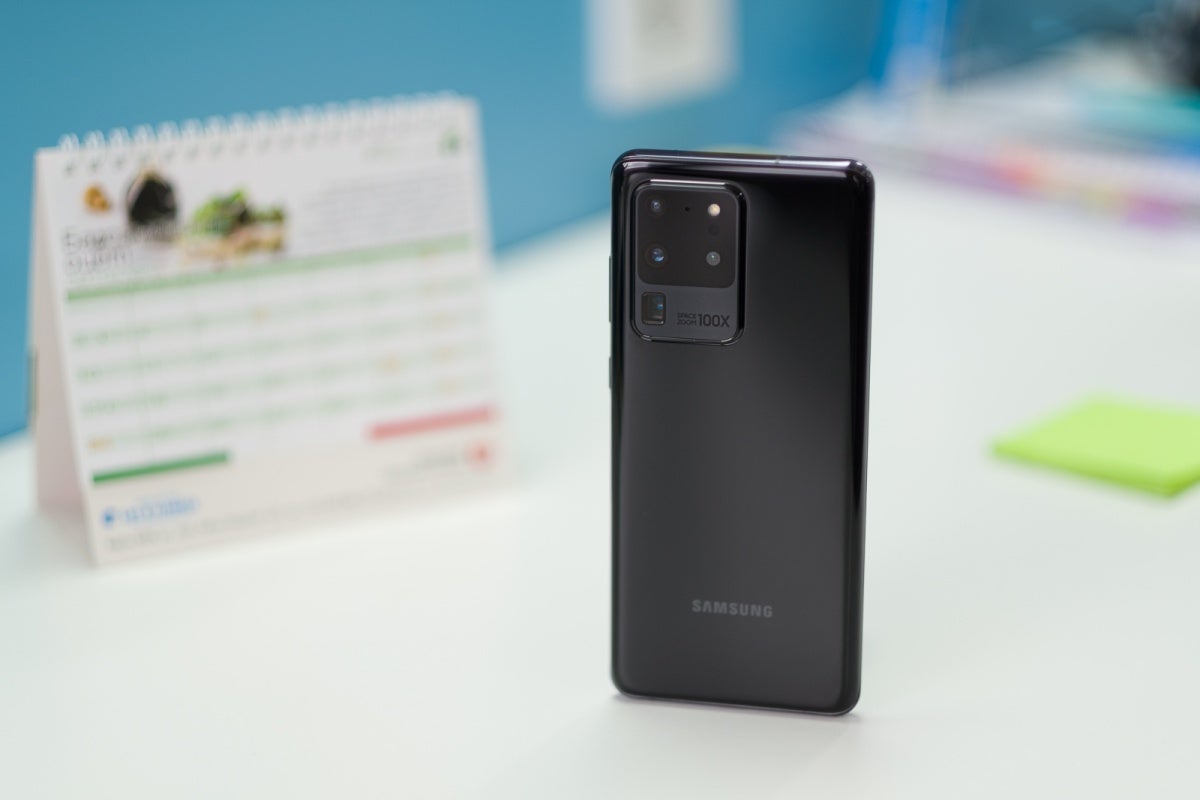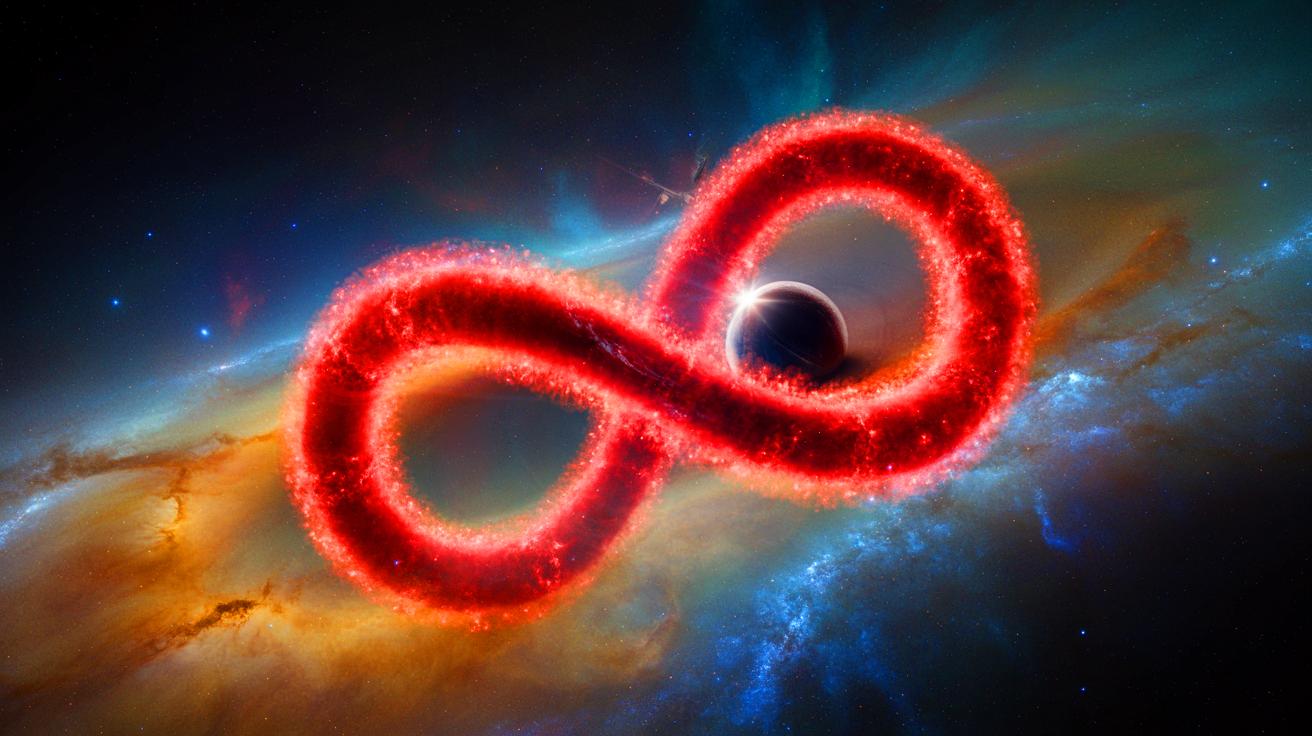Professor James Fujimoto
The Lasker Foundation’s annual awards for medical research honor the inventors of optical coherence tomography, DeepMind’s AlphaFold program, and a legendary Dutch cancer researcher.
Many ophthalmologists’ offices around the country are equipped with optical coherence tomography (OCT) machines. These machines use advanced imaging technology to visualize the three-dimensional structures of the retina and other eye tissues. They have become an invaluable tool for doctors in diagnosing various eye diseases and preserving patients’ eyesight.
The development of OCT machines began in the lab of Dr. James Fujimoto, who drew inspiration from advancements in high-speed photography and lasers. Driven by the goal of creating a method to capture images of the human body using light instead of sound, he started developing potential techniques.
In the late 1980s, David Huang, a MD-PhD student in Fujimoto’s lab, took on the challenge and made some initial measurements in cow eye tissue. However, the process was not efficient enough to meet the needs of doctors. To overcome this, the researchers reached out to Eric Swanson, a specialist in laser communications and fiberoptic networks, to explore whether these technologies could be applied to their imaging concept.
In 1991, the trio published their first paper describing the technique they had invented. In a remarkably short timeframe, they developed this new imaging technology. Since then, OCT has greatly advanced, becoming a nearly $2 billion market. It is now used routinely by doctors to diagnose conditions including glaucoma, diabetes-related vision impairment, and even coronary artery disease. By preserving patients’ vision, this technology significantly impacts their quality of life.
The Lasker Foundation recently honored James Fujimoto, David Huang, and Eric Swanson with its annual $250,000 award for Clinical Medical Research. Since 1945, the Lasker Foundation has been recognizing outstanding achievements in medical research through these prestigious awards. Many recipients of the Lasker Awards have gone on to receive other scientific accolades, including the Nobel Prize.
Basic Research Award Goes To DeepMind’s AlphaFold
DeepMind, an AI company under Alphabet, is known for its use of sophisticated machine learning algorithms to defeat top human players in strategic games like Chess and Go. However, DeepMind’s CEO Demis Hassibis and researcher John Jumper received the Lasker Award for Basic Research for their program, AlphaFold. AlphaFold applies a similar machine learning approach to accurately predict the complex folding patterns of proteins. This breakthrough led to significant publications in the scientific journal Nature and has already influenced new avenues for drug discovery.
In response to receiving the award, Jumper expressed his gratitude and emphasized that their work on AlphaFold has been an incredible experience. He believes that AI will continue to revolutionize biology.
Special Achievement Award Honors 50 Years Of Medical Research
The Lasker Foundation also awarded Dutch scientist Piet Borst from the Netherlands Cancer Institute with a Special Achievement Award. Over his illustrious 50-year career, Borst has made numerous groundbreaking discoveries. During the 1960s, he and his collaborators uncovered genes crucial for understanding how parasites evade the immune system in diseases such as sleeping sickness.
In the 1980s, Borst focused on studying the genetic causes of chemotherapy resistance, which hindered the efficacy of cancer drugs. His findings have greatly contributed to improving chemotherapy effectiveness against certain types of cancer. Additionally, his research on the genetic disorder called pseuoxanthoma elasticum (PXE) has advanced our understanding of its biochemistry and may lead to potential treatments for the disease.
In addition to his scientific contributions, Piet Borst was recognized for his leadership in various cancer-related organizations, including the Institute of Molecular Pathology, the Swiss Institute for Experimental Cancer Research, and the Netherlands Cancer Institute.













